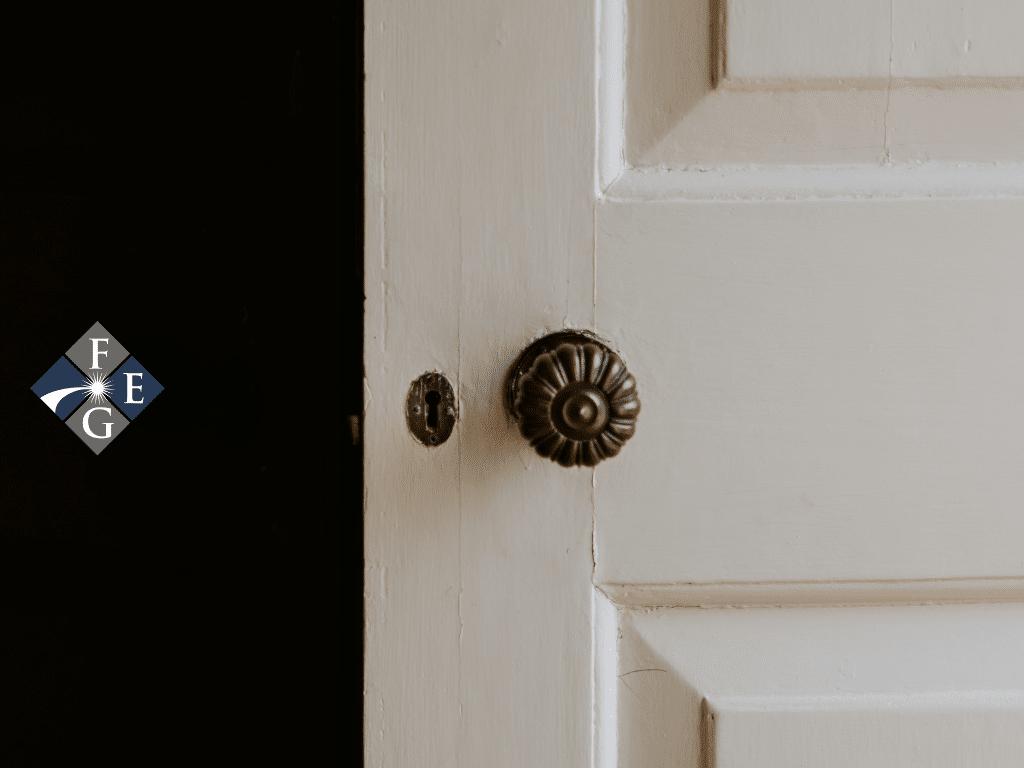Individual Retirement Accounts (IRA’s) seem so simple, but the rules can be deceptively complex.
Add to that complexity the word “Roth,” and now things get very interesting. Critical to know is that the rules for an IRA and a Roth IRA are noticeably different. This discussion is referencing a strategy known and expressly permitted by the IRS of “The Back Door Roth IRA.”
The two C’s pertaining to a Roth IRA are contributions and conversions from existing IRA money to a Roth IRA. The contribution limit is set based on your age and potentially restricted by your income. The conversion is unlimited by your income and can be in any amount you choose.
The traditional tax-deferred IRA is limited by the amount you can deduct annually based on several factors including retirement plans offered at work and your income. In all cases, you cannot contribute to a traditional IRA if you are over 70.5.
Notice that the contribution to a traditional IRA is not limited based on the above factors. Only the deductibility is in question. You can have a 401k at work, make $250,000 a year and be under 70.5 and still qualify to contribute to an IRA. The contribution, however, will not be deductible. If you are over 50, that amount is $7,000, and under age 50 it is $6,000. Keep in mind one working spouse can contribute for both spouses provided the earned income is greater than the contribution amount.
You now have what is referred to as “tax basis” in the IRA. You made a contribution that was not deductible with money you paid taxes on and thus the basis.
The Back Door Roth IRA comes into play by extracting the contribution into the traditional IRA and converting it (there is no age requirement nor income requirement on conversions) into a Roth IRA. You contributed to a traditional IRA and then immediately converted it to a Roth IRA. Presto! Tax-free money for your retirement years has been created regardless of your AGI.
One word of warning – and this is why you should always work with a professional that understands the investment and the tax implications – is that if you have an existing IRA that the Pro Rata Rule will apply. Essentially that means that the money you convert from your IRA to the Roth is not only the amount you just contributed but rather a percentage of all your IRA’s aggregated together.
That means the amount of additional IRA assets limits the tax-free conversion. This strategy works for some spouses and not others. The complexity is one more reminder that you need to work with a qualified tax and investment professional. The Back Door Roth opportunity is one of the most overlooked tax strategies and another reminder that in the United States we truly have two tax codes: There is one for the informed and one for the uninformed.
Disclaimer: Do not construe anything written in this post or this blog in its entirety as a recommendation, research, or an offer to buy or sell any securities. Everything in this post is meant for educational and entertainment purposes only. I or my affiliates may hold positions in securities mentioned in the blog. Please see our Disclosure page for the full disclaimer.





